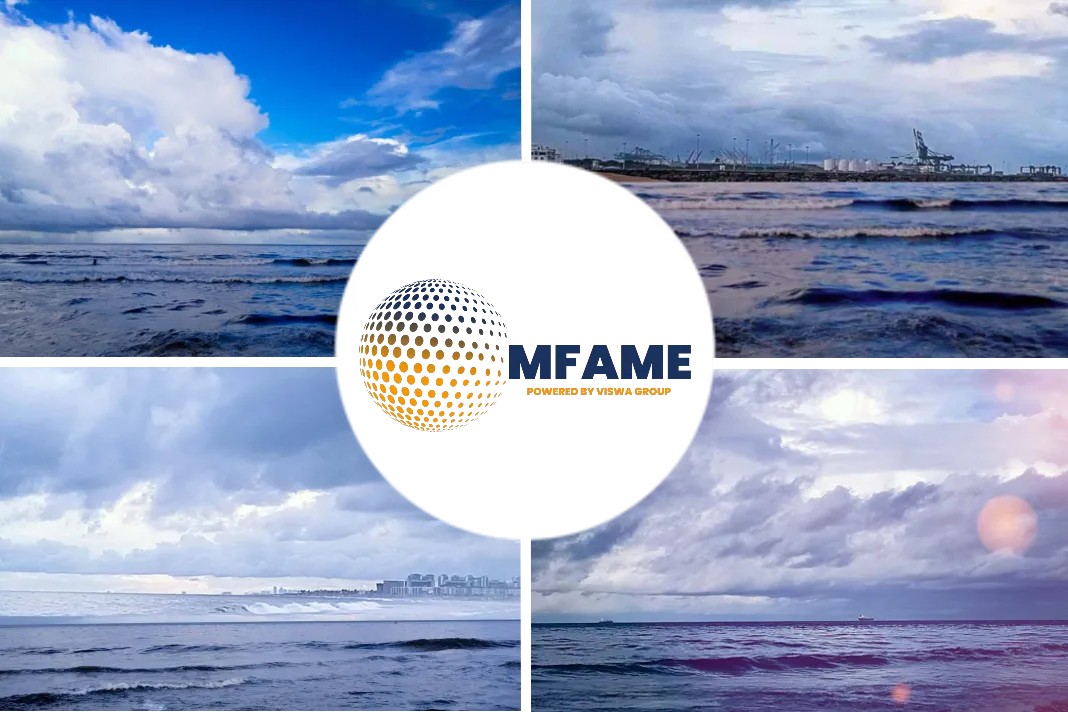Reflecting on the destruction of demand the aviation and automobile industries have suffered in the wake of the pandemic, it is widely acknowledged that jet and automotive fuels are now being utilized for blending marine fuels, reports UKP&I.
Off-spec fuel
A significant uptick in low flash-point irregularities resulting in ‘off-spec’ fuel is being observed in VLSFO and MGO in Singapore and in a few cases the Middle East.
In VLSFO, the prime indication of this new practice is a general reduction in viscosity and density.
What is a flash-point?
By way of a reminder, flash-point is the lowest temperature at which fuel gives off enough vapor to form an ignitable mixture in air, near the surface of the liquid.
The lower the flashpoint, the easier it is to ignite the fuel.
Fuel found with a lower flashpoint, loaded onboard or otherwise, is deemed unsafe and will result in statutory non-compliance.
Bunkers found with a flash-point slightly below 60°C (57°C or higher) will often improve, as the lighter fractions evaporate naturally. In certain cases blending with another fuel batch to raise the flashpoint might be a possible solution.
This decision can be taken after considering all risks such as fuel compatibility, complications of blending on-board and the statutory requirements to be followed in a blending process.
Did you subscribe to our daily newsletter?
It’s Free! Click here to Subscribe!
Source: UKP&I
















